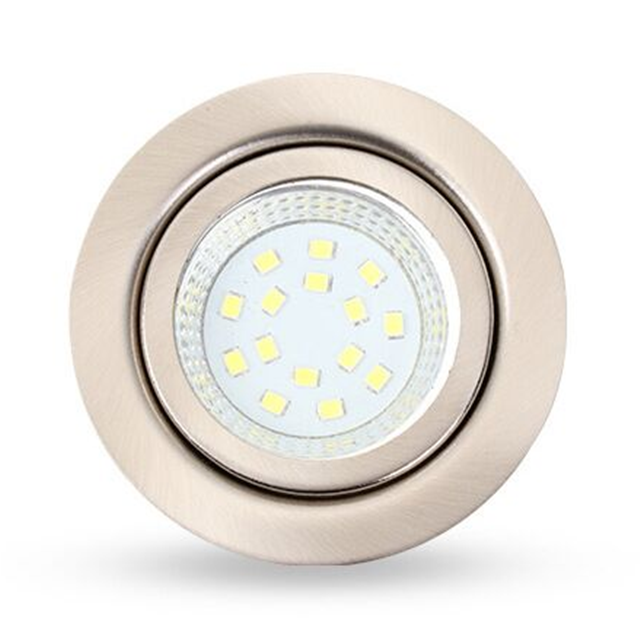The difference between 12V and 24V is typically insignificant, but if you truly do not have a strong preference for one over the other, hopefully this article has convinced you of the benefits of a 24V system!
If you are considering purchasing lights for or installing a low voltage lighting system, you will likely have come across both 12V DC and 24V DC options. Oftentimes, the price and performance specifications listed will be the same, and you may be wondering, "what's the difference? Which one should I choose?"
1. 24V is better suited for LEDs.
Despite some of the most popular power supply voltage options being 12V or 24V DC, it's important to remember that (most) individual LEDs are actually 3V DC devices. It is through configuring the LEDs in a parallel vs series combination.that the voltage of an LED system can be made to match a particular power supply voltage.
Typically, a 12V LED strip is configured with 3 LEDs in series per string. At 3V each, the total LED voltage is only 9V, or about 75% of the total voltage. The remaining voltage is dissipated by a current limiting resistor. Since the resistor does not contribute to illumination, we can conclude that in a 12V LED strip, approximately 25% of the electrical energy is dissipated as waste heat.
In a 24V LED system, there is typically enough voltage overhead to allow for 7 LEDs in series per string. At 3V each, the total LED voltage is 21V, or about 88% of the 24V input. In this situation, less than 13% of the voltage energy is wasted as heat energy.
In short, a 24V LED system can actually reduce inherent electrical design inefficiencies by more than 50%.
2. 24V requires less conductor gauge.
Electrical power is determined by the equation P = V x I. To maintain the same power (P), if voltage (V) goes up, current (I) must come down by a proportional amount.
As a concrete example, if we keep 48W as our target output, a 12V system will require 4 Amps (12V x 4A = 48W), while a 24V system will only require 2 Amps (24V x 2A = 48W).
Simply put, a 24V LED system will draw half the amount of current as a 12V LED system to achieve the same power level.
3. Smaller power supplies.
Similar to conductor size, power supply size is also determined primarily by current rather than voltage. Part of this is also influenced by the physics relationship between electrical current and conductor size needs, as much of the internal wiring of a power supply unit is comprised of copper wiring.
Power supply size can be important when working with projects such as LED strip lights in under cabinet installations where there may be space constraints.
4. Longer linear runs.
In applications such as LED strip lighting, the maximum continuous length of an LED strip is typically dictated by the electrical current that the LED strip copper traces can handle. Therefore, 24V LED strips will typically be able to handle twice the length that a 12V LED strip would, assuming that the power ratings of the two products are the same.
This is true for products beyond LED strips that also have daisy chaining capability
-
 How to Install Heat Pad on Mirror?
How to Install Heat Pad on Mirror?Do you like ?0
Read more -
 Why LED Lights are Perfect for RVs & Boats?
Why LED Lights are Perfect for RVs & Boats?Do you like ?0
Read more -
 How Good Anti-fog Film for Mirror!
How Good Anti-fog Film for Mirror!Do you like ?0
Read more -
 How do you choose which lights to buy for your RV’s interior?
How do you choose which lights to buy for your RV’s interior?Do you like ?0
Read more -
 What Are the Most Common Interior Lights Used by RV Manufacturers?
What Are the Most Common Interior Lights Used by RV Manufacturers?Do you like ?0
Read more -
 Do You Know The Great Uses for Puck Lights?
Do You Know The Great Uses for Puck Lights?Do you like ?0
Read more






